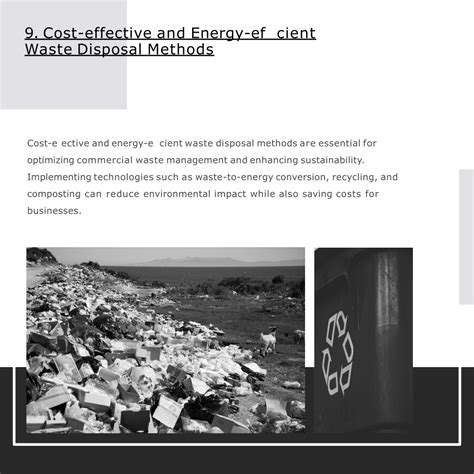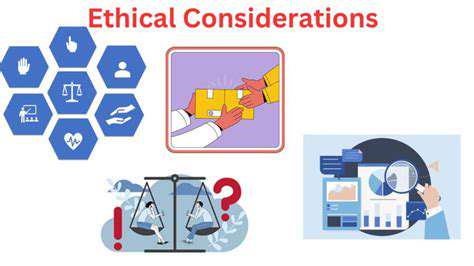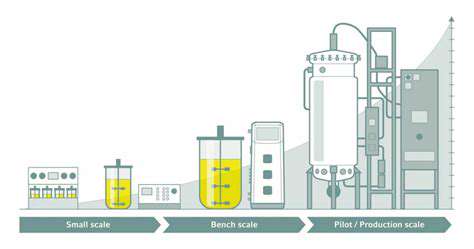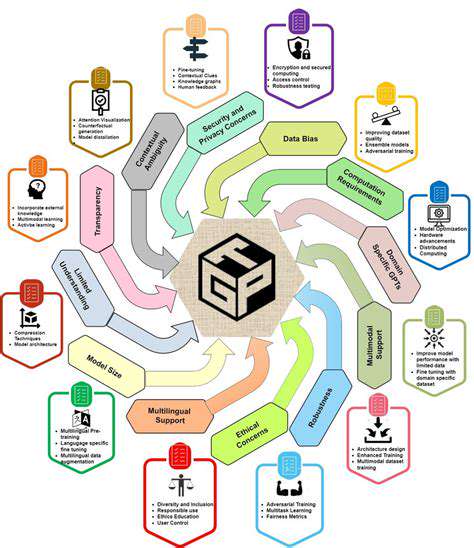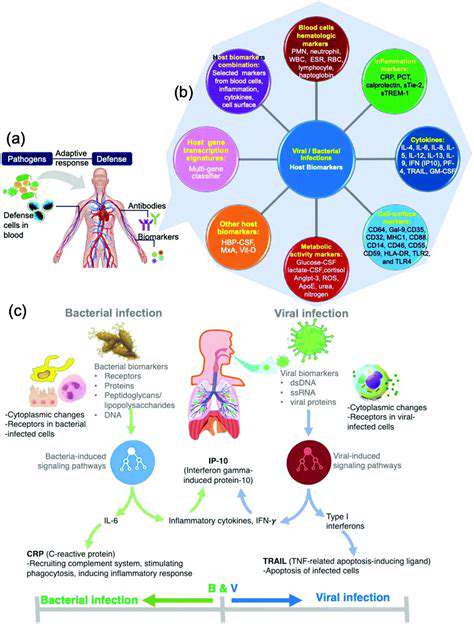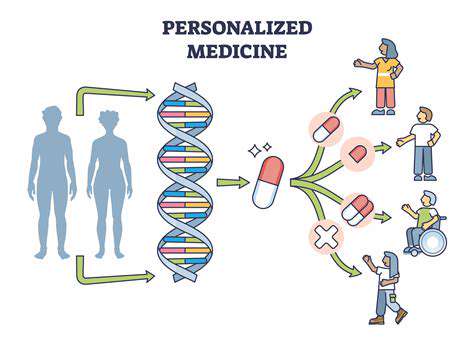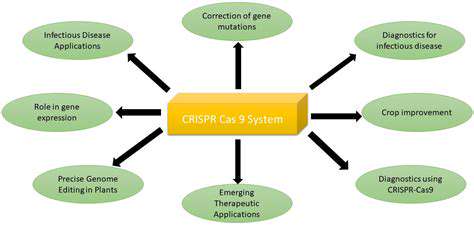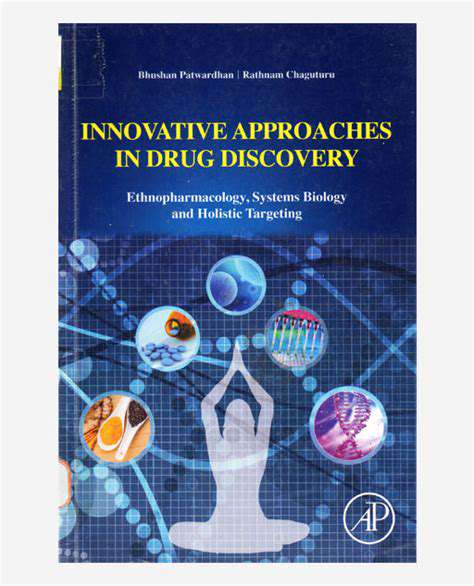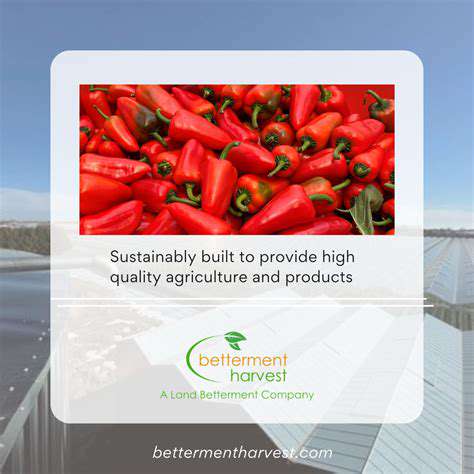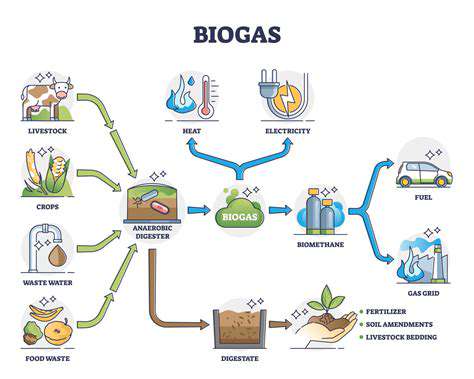
Biogas Production: A Sustainable Energy Source
Biogas, a renewable energy source, is increasingly recognized as a crucial component of a sustainable future. It's produced through the anaerobic digestion of organic waste materials, a process that converts these materials into a usable energy source. This process not only provides a clean alternative to fossil fuels but also addresses the growing challenge of waste management, making it a valuable addition to any environmentally conscious strategy.
The production of biogas offers significant environmental benefits, reducing greenhouse gas emissions and promoting circular economy principles. By diverting organic waste from landfills, biogas plants significantly decrease the release of methane, a potent greenhouse gas. This approach to waste management contributes to a more sustainable and environmentally responsible approach to waste disposal.
Process and Technology
The biogas production process involves several crucial steps. First, organic waste, such as agricultural residues, food waste, and manure, is collected and processed. This collected material is then placed in anaerobic digesters, where microorganisms break down the organic matter in the absence of oxygen. This process releases biogas, primarily composed of methane and carbon dioxide. The biogas is then treated and purified to meet specific energy requirements.
Advanced technologies play a significant role in optimizing biogas production. These technologies focus on enhancing the efficiency of the anaerobic digestion process, maximizing biogas yields, and improving the quality of the end product. Innovations in digester design and operation are crucial for achieving sustainable and cost-effective biogas production.
Applications and Benefits
Biogas finds numerous applications, primarily as a fuel source for electricity generation, heating, and transportation. Its use in these sectors can significantly reduce reliance on fossil fuels and contribute to a cleaner energy mix. The energy generated from biogas plants can also be used to power local communities, reducing their dependence on external energy sources.
Beyond energy production, biogas production also offers valuable byproducts, such as digestate. This byproduct is a nutrient-rich organic fertilizer, which can be used in agriculture, further reducing the need for synthetic fertilizers and improving soil health. This multifaceted approach to waste management makes biogas production a truly sustainable solution.
Economic and Social Impacts
The economic benefits associated with biogas production are substantial. The creation of biogas plants fosters job opportunities in construction, operation, and maintenance. The development of local biogas infrastructure can also stimulate economic growth in rural areas, bringing economic opportunities to communities where organic waste is abundant. The resulting reduction in reliance on fossil fuels also strengthens local energy security.
Furthermore, biogas production can have a positive social impact. By providing sustainable energy solutions, it can contribute to improved living standards in communities by reducing energy costs, providing alternative employment opportunities, and improving food security. This holistic approach to energy and waste management builds more resilient and sustainable communities.
.com/Cooking-with-Sous-Vide-Precision-&-Perfection>Sous vide, literally under vacuum, is a cooking method that involves submerging food in precisely controlled water temperatures. This precise thermal environment ensures even cooking, resulting in incredibly tender and flavorful dishes. The key to sous vide's success is maintaining a constant temperature, preventing overcooking and achieving a consistent internal temperature throughout the food item. This meticulous control allows for a level of culinary precision often impossible with conventional methods.
Biofuel Production from Waste Biomass
Harnessing Agricultural Residues
Agricultural residues, such as straw, corn stalks, and sugarcane bagasse, represent a significant untapped resource for biofuel production. These readily available materials, often considered waste products, contain substantial amounts of cellulose, hemicellulose, and lignin, which can be converted into biofuels. Efficient processing and conversion technologies are crucial for maximizing the yield and reducing the cost of biofuel production from these resources. The sustainable utilization of agricultural waste contributes to a circular bioeconomy and reduces environmental impact by diverting these materials from landfills.
Exploring Municipal Solid Waste
Municipal solid waste (MSW) encompasses a wide range of organic materials, including food scraps, yard waste, and paper products. The composition of MSW varies significantly depending on the region and community practices. Biofuel production from MSW presents a promising avenue for waste management and energy generation. However, the heterogeneity of MSW requires advanced pretreatment methods to ensure effective conversion to biofuels. Careful sorting and preprocessing are essential to optimize the process and maximize the energy recovery.
Utilizing Forestry Residues
Forestry residues, such as wood chips, bark, and sawdust, are another valuable source of biomass for biofuel production. These residues, generated during logging and wood processing activities, often accumulate in large quantities. Converting these residues into biofuels can help reduce deforestation and promote sustainable forest management practices. The high lignin content in forestry residues necessitates specific pretreatment strategies to enhance enzymatic hydrolysis and biofuel production.
Microbial Conversion Processes
Microbial conversion processes play a vital role in biofuel production from waste biomass. Specific microorganisms, such as bacteria and fungi, possess the capability to break down complex carbohydrates into simpler sugars, which can then be fermented to produce biofuels. These biological processes are often more environmentally friendly than chemical methods and can operate under milder conditions. The development of genetically engineered microorganisms can further enhance the efficiency and yield of biofuel production.
Pretreatment Strategies for Enhanced Conversion
Pretreatment is a critical step in biofuel production from waste biomass. It aims to break down the complex structures of cellulose, hemicellulose, and lignin, making them more accessible to enzymes for further conversion. Various pretreatment methods, including physical, chemical, and biological approaches, are available. Careful selection of the appropriate pretreatment method is essential to maximize the efficiency of subsequent conversion steps and reduce the overall cost of biofuel production.
Economic and Environmental Considerations
The economic viability of biofuel production from waste biomass needs careful consideration. Factors such as the cost of feedstock collection, pretreatment, conversion, and downstream processing need to be carefully evaluated. The environmental impact of biofuel production, including greenhouse gas emissions, land use change, and water consumption, should be thoroughly assessed. A holistic life-cycle assessment is crucial for determining the overall sustainability of the process. The potential for reducing reliance on fossil fuels and creating new economic opportunities should be considered alongside these factors.
